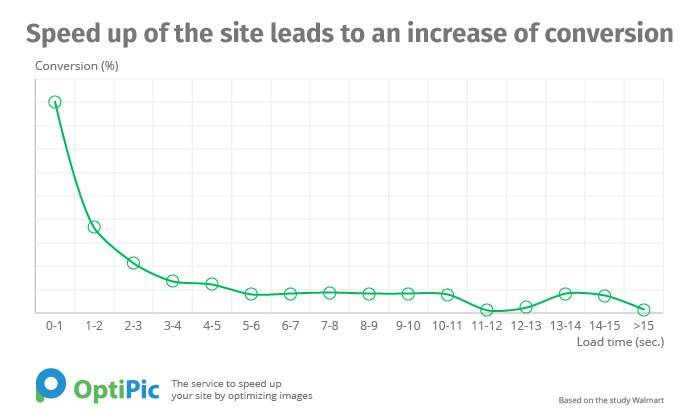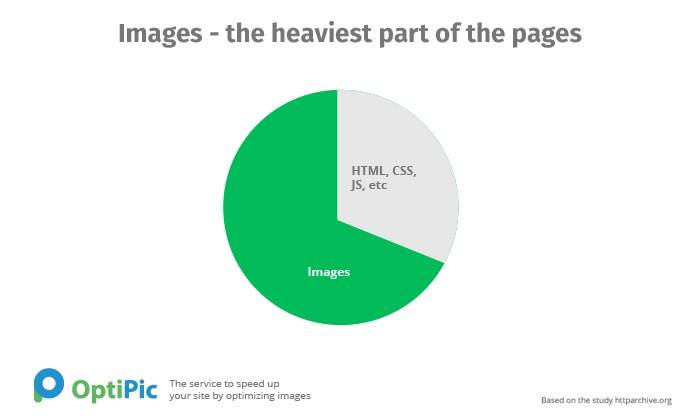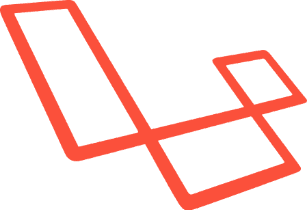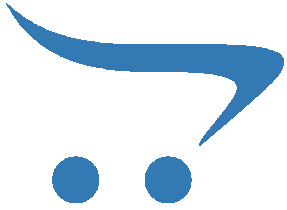5 easy steps to connect WebP to Piwigo
Step #1: Download plugin Piwigo WebP
Download and install the official CDN OptiPic plugin for Piwigo on your site.
Step #2: Sign up for OptiPic CDN
Register in your OptiPic CDN account and add a new site to your CDN control panel.

Step #3: Copy site ID
Copy the ID of the created website to the clipboard (Ctrl + C)

Step #4: Paste the site ID into the plugin Piwigo WebP
Go to the settings page of the previously installed plugin on your site.
Paste the copied site ID into the corresponding settings field.
Step #5: Save your settings
Save plugin settings. Clear the cache in the control panel Piwigo.
Change other plugin settings if necessary
Description of module settings
- Site ID in your personal account CDN OptiPic
- You can find out your website ID in your CDN OptiPic personal account. Add your site to your account if you have not already done so.
To turn off auto-fidelity, just clear the site ID. - Domain list (if images are loaded via absolute URL)
- Each on a new line and without specifying the protocol (http/https).
Examples:
mydomain.com
www.mydomain.com - Site pages that do not include auto-replace
- Each on a new line and must start with a slash (/)
- Replace only URLs of images starting with a mask
- Each on a new line and must start with a slash (/)
Examples:
/upload/
/upload/test.jpeg - List of 'srcset' attributes
- List of tag attributes, in which you need to replace srcset-markup of images
What is srcset?
Examples:
srcset
data-srcset - CDN domain
- Domain through which CDN OptiPic will work. You can use your subdomain (img.yourdomain.com, optipic.yourdomain.com, etc.) instead of the standard cdn.optipic.io. To connect your subdomain, contact OptiPic technical support.


 Laravel
Laravel  OpenCart
OpenCart  WooCommerce
WooCommerce  Slim
Slim  PHP
PHP  Joomla
Joomla